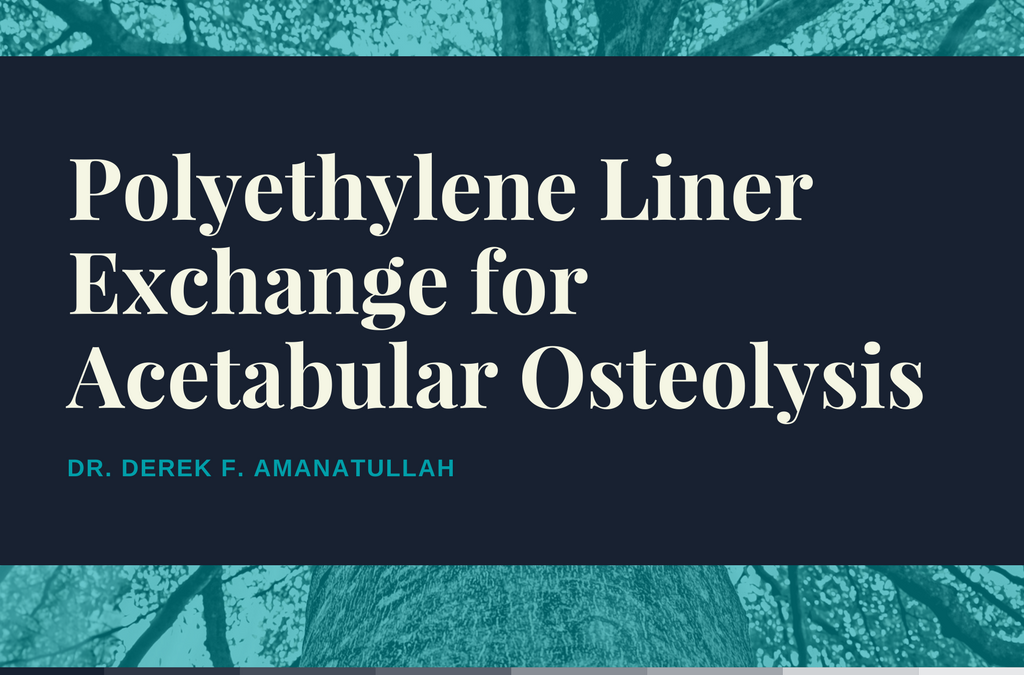On occasion, after a total hip replacement (THA) procedure, the bone around the hip socket can deteriorate, called osteolysis. This can produce discomfort for patients. When the hip socket, known medically as the acetabular component, is well-fixed, the doctor can usually fix the problem by exchanging the polyethylene liner that is inside the hip socket. If the acetabular component is loose, revision of the component is necessary to fix the problem.
Signs of a well-fixed, press-fit acetabular component include:
- Absence of radiolucent lines
- Presence of a superolateral buttress
- Medial bone stress-shielding
- Radial trabeculae
- Inferomedial buttress
Signs of a loose, press-fit acetabular component include:
- Radiolucent lines that progress
- One continuous radiolucent line
- A radiolucent line longer than 2 millimeters
- Component migration
The osteolytic lesions are difficult to detect, especially since about half of patients experience no symptoms. In one study, a radiograph of the pelvis only detected 40% of the osteolytic lesions, but a CT scan detected 90%.
Polyethylene liner exchange is a highly dependable solution when bone deterioration is present and the hip socket is well-fixed. A major issue after polyethylene liner exchange is postoperative dislocation. To avoid this issue, the patient should adhere to prescribed movement limitations.
To read the steps of the procedure, consult the AAOS textbook, Advanced Reconstruction.


